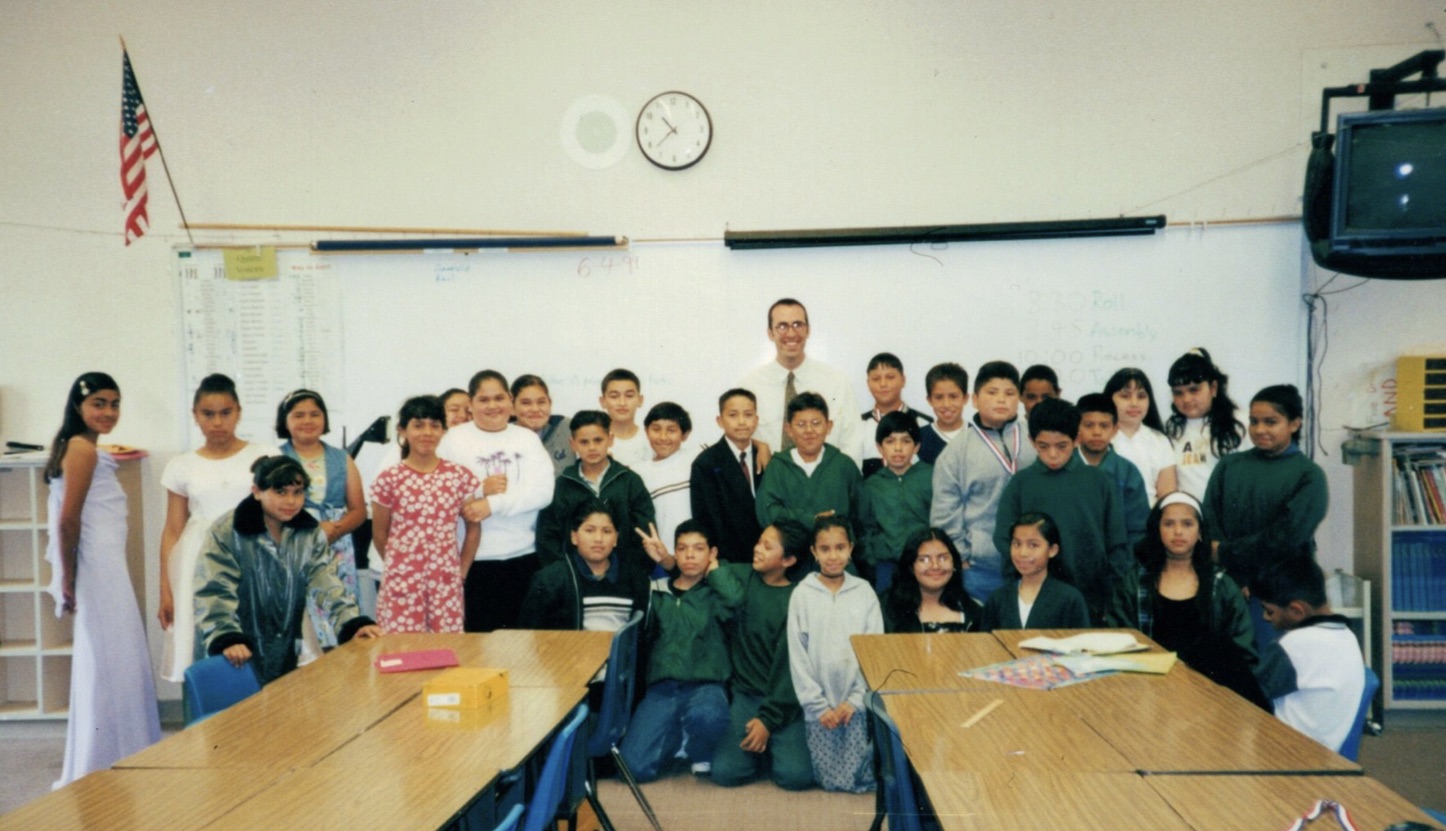What will educators need post-pandemic?
August 30, 2021 | Found in: Flexible learning, Back-to-school, Learning gaps, and Competency-based

Co-founder/CTO
The importance of flexible learning tools post-pandemic
After a long 18 months of distance and hybrid learning, students in some parts of the country are finally returning to in-person classrooms this Fall. Our social media feeds have been filled with images of students returning, classrooms dressed up for their big debut, and teachers reuniting with students and colleagues. It’s so fun to watch!
All summer there was a lot of talk about learning loss. Where is the loss, and how do we measure? How do we support each student, and how fast can we get them moving forward?
We know our kids were thrust into an environment that was incredibly difficult to learn. Our nation’s schools went through incredible transitions without any preparation. UC Berkeley recently published an article about the importance of not obsessing about the “loss” and recognizing the successes.
About 5 years ago, we started piloting our core math curriculum, preparing students with foundational material and moving them at their own pace toward grade-level proficiency and beyond. This instructional model is an extension of an adaptive pencil and paper curriculum our founder, Mitch Slater, refined in his own classroom for more than a decade.

What educators need post-pandemic is the same thing they needed before. An instructional system that provides teachers real-time data that shows where in the standards kids are, and tools that make the data actionable so they can meet the needs of every student, regardless of where they are in their math achievement journey.
The road to return to school for many appears bumpy. We are just entering this school year and are already seeing news of classrooms taking extra days off after confirmed COVID exposures, and families are beginning to choose hybrid or distance learning instead of in-class.
Levered was designed as a tool for classroom instruction, supporting teachers and empowering students to learn at their own pace. When COVID-19 closed schools we learned that the features that made learning effective for each student and their teachers were also suited for distance learning. Individually-paced and competency-based, students using Levered could just continue their work. Teachers were able to shift to Zoom for whole-class instruction and then send their students to their independent work, while still being able to monitor each student’s progress from their dashboard and use breakout rooms for small group and individual intervention.
“When the pandemic hit and we closed all of our schools down on March 13th, we were ready to go. We had a great program that was adaptable to meet a wide range of needs for devices and connectivity. We would not have been able to do math with our Bridges curriculum, the way that we were able to continue seamlessly with math when students ended up moving fully to distance learning last spring.” Dr. Tiffany Morse, Superintendent at California’s Ojai Unified School District
No matter what this school year tosses our way, Levered’s systems-level approach to teaching and learning will be key to building back with an accelerated learning path for every student. If you’d like to learn more about how to add Levered into your core curriculum this school year, send us an email at, info at levered dot com.
You can also sign up for a demo of how Levered works for teachers and students here.

